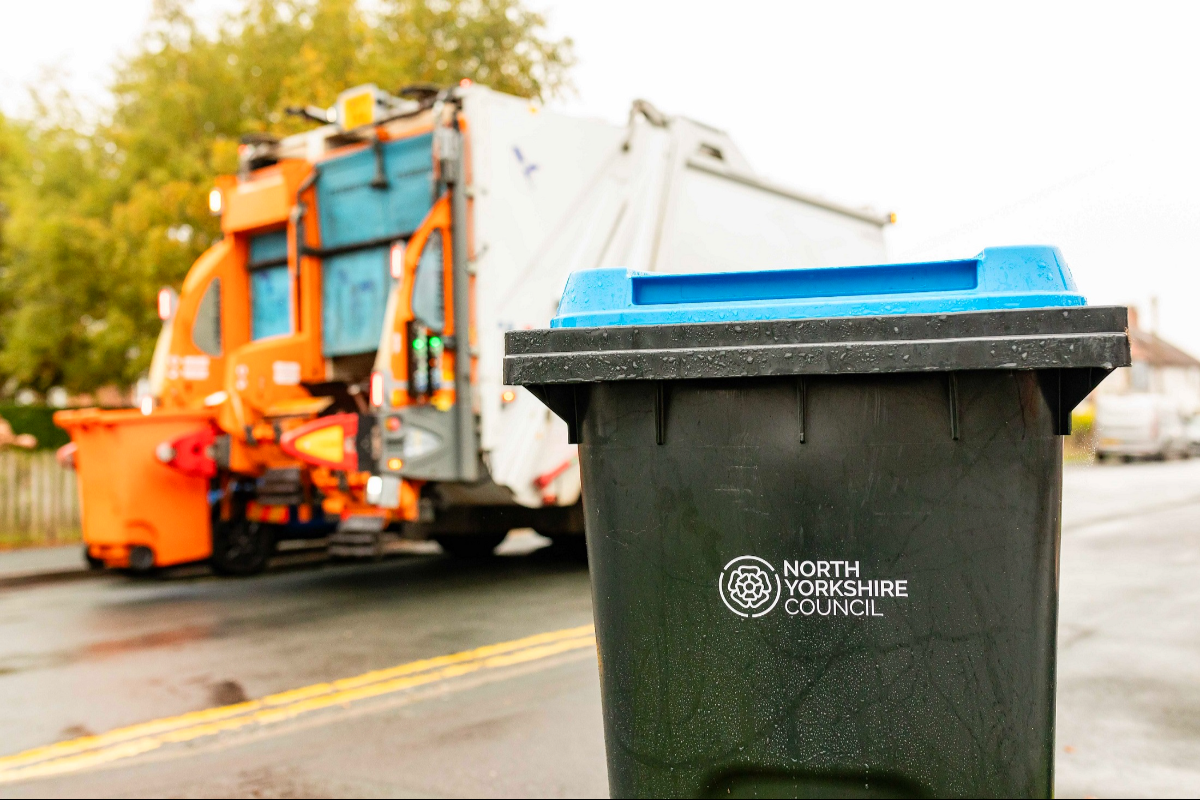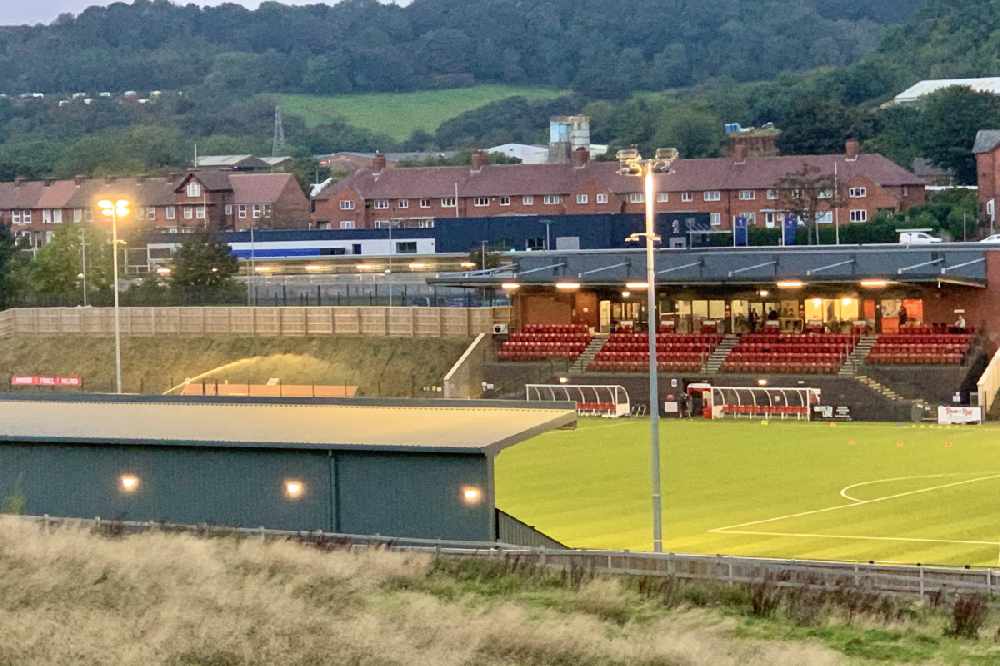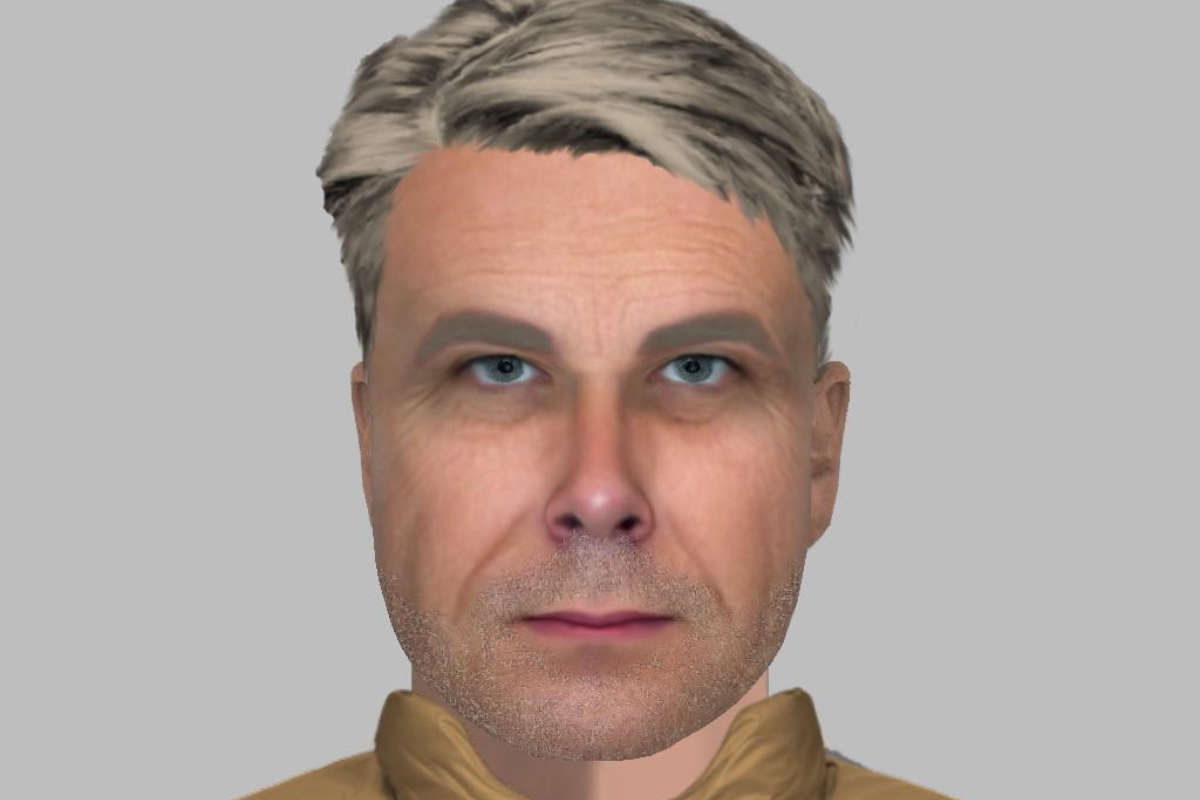
New plans would see residents have alternative fortnightly household recycling collections, one for paper and card and one for all other recyclable materials using two wheelie bins.
Residents across North Yorkshire could benefit from a more environmentally-friendly waste and recycling service which will also save taxpayers’ money under plans set to be approved by councillors.
North Yorkshire Council has reviewed its recycling service to ensure it continues to provide best value for money and is fit for purpose.
On Tuesday, January 21, North Yorkshire Council’s executive members will be asked to approve plans to introduce two wheelie bins for recycling for most residents across the county.
Under the plans, residents would have alternative fortnightly household recycling collections, one for paper and card and one for all other recyclable materials.
The two new recycling wheelie bins would be in addition to the existing bins for general waste and garden waste meaning residents could have up to four wheelie bins.
This model of collection already takes place in the Selby area and allows the council to increase the amount and quality of recycling collected at the kerbside, reduce the cost of collection, and helps towards carbon reduction.
Separating the recycling would improve the quality of material, reduce processing costs, and generate a higher value when it is processed.
North Yorkshire Council’s executive member for waste services, Cllr Greg White, said:
"Residents have told us that we should focus on providing the best value for money and do what we can to help to improve recycling in the county.
“The comprehensive modelling exercise showed that we can be more efficient and cost-effective by adopting this proposed model, as well as ensuring everyone across North Yorkshire receives the same service, regardless of where they live.
"We do acknowledge that one model doesn’t fit all, and, if introduced, we would look at bespoke collection methods including smaller bins, bags, frequent collections of smaller containers and community recycling points, if required.
"And of course, we would keep residents up to date with the changes and what they would mean for them.”
The proposal was outlined in the recent Let’s Talk Rubbish consultation, which offered residents the opportunity to share their views about the service they receive.
It gathered almost 10,500 responses, the highest number for any of the council’s Let’s Talk campaigns to date.
The survey showed high satisfaction with existing services where wheelie bins are used, with nine out of 10 residents happy or very happy.
Twice as many residents are also happy with wheeled bins rather than boxes or bags, which are currently used in some areas across North Yorkshire.
Also, almost nine out of 10 residents say it is important or very important to have access to an equal recycling service across the county.
Under the proposals, all residents would be able to recycle the same items in 240 litre wheeled bins collected on an alternate fortnightly basis.
In some cases, this means residents would have more capacity to recycle, and materials such as pots, tubs, trays and beverage cartons would be accepted.
The new collection model meets the requirements of the Government’s ‘Simpler Recycling’ initiative, which challenges local authorities to collect a core set of materials for recycling, and to keep paper and card separate from other types of recycling.
The initial estimated cost of implementing the changes would be around £8 million over the next five years, and it is anticipated to save about £560,000 per year, with the potential for even more savings.
If approved, the changes would be introduced in the Malton area this summer. For the rest of the county, they would be phased in over a two-to-three-year period.
Where possible, the council aims to improve recycling in the county and contribute to the national target of recycling 65 per cent of household waste by 2035.
In December, the council agreed to harmonise the colour of new wheelie bins, with coloured lids representing the type of waste they should contain. These bins will only replace those that have reached their end of life, or to serve new properties, or to implement the new collection model.




 Scarborough Athletic Fans, Finance Director and Manager Speak of Emotional Week at the Club
Scarborough Athletic Fans, Finance Director and Manager Speak of Emotional Week at the Club
 Police Release E-Fit After East Riding Assault
Police Release E-Fit After East Riding Assault
 Filey Food & Drink Festival Weekend
Filey Food & Drink Festival Weekend
 Whitby Town On Verge of Safety After Thriller
Whitby Town On Verge of Safety After Thriller
 Scarborough Athletic Leave It Late in County Durham
Scarborough Athletic Leave It Late in County Durham
 Key Weekend in Bridlington Town's Relegation Battle
Key Weekend in Bridlington Town's Relegation Battle
 Tour of Britain Cycle Event for Dalby Forest
Tour of Britain Cycle Event for Dalby Forest
 Look Out For Bridlington Lifeboat's Pirates On The Promenade
Look Out For Bridlington Lifeboat's Pirates On The Promenade
 Chaser Returns to Scarborough for Panto Season
Chaser Returns to Scarborough for Panto Season
 Scarborough Athletic Pitch Could be Out of Action for 44 Weeks And Cost £3m to Repair
Scarborough Athletic Pitch Could be Out of Action for 44 Weeks And Cost £3m to Repair
 North Yorkshire Police Report Significant Improvement in Call Answer Times
North Yorkshire Police Report Significant Improvement in Call Answer Times
 Ryedale Sex Offender Confronted By Angry Mother
Ryedale Sex Offender Confronted By Angry Mother








Comments
Add a comment